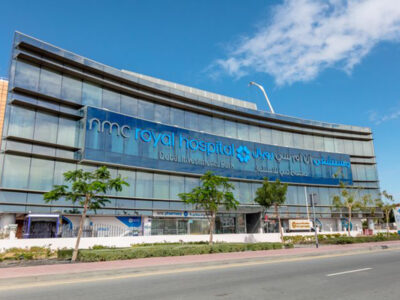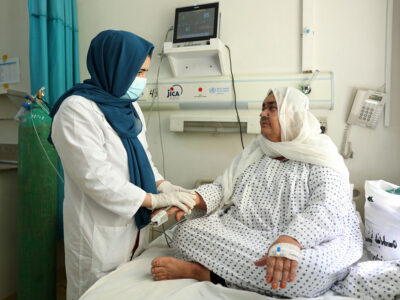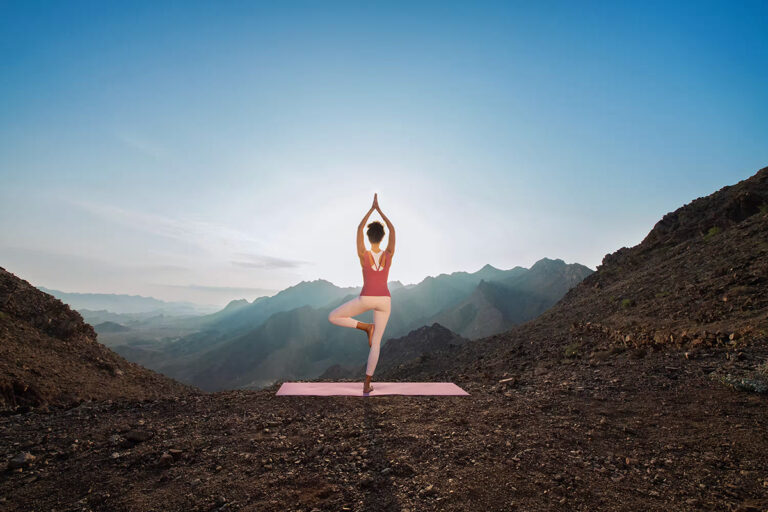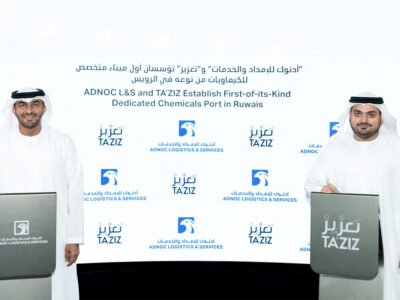The GCC region is fast emerging as the top market for the wellness industry, with the UAE projected to see the highest increase in consumer spending globally in 2025 – a trend in contrast to indications of consumers worldwide tightening their wallets this year as they grapple with reduced disposable incomes and rising inflation, industry players said.
Within the region, the UAE and Saudi Arabia are tipped to emerge as the new global hubs for hyper-personalised wellness therapies and personalised supplementation, with some of the international market players such as Bioniq reporting a whopping 500 per cent jump in their customer base in the past year.
The rising trend of consumers prioritising wellbeing and preventive health is also triggering a surge in investments in the region, with investors, brands and healthcare innovators looking to capitalise on this fast-expanding sector.
“We’re already seeing a growing number of industry leaders and niche players entering the region – from medical tourism pioneers developing entire wellness destinations to innovative health tech companies introducing cutting-edge solutions,” Vadim Fedotov, CEO and Founder of Bioniq, billed as the world’s most personalised supplements provider, told Arabian Business.
“What makes the GCC – and the wider MENA region – so compelling is the combination of a young, affluent population, strong government backing for wellness initiatives and the region’s positioning as a global hub for health and longevity,” he said.
Industry players said the wellness market in the region is undergoing rapid expansion, fuelled by strong consumer demand, economic growth, and technological innovations.
The region is shifting from a conventional healthcare model to a more personalised and preventive approach, which makes it a critical player in the global wellness industry, they said.
Among a slew of global companies and brands foraying into the region’s wellness sector includes the famous international wellness brand SHA Wellness’ SHA Emirates Island at AlJurf, UAE, a hyper-exclusive wellness enclave, set to open in 2026.
Fedotov, however, said for international brands looking to expand to the region, understanding the local market dynamics and aligning with regional wellness priorities will be key to long-term success.
The Middle East region is now estimated to account for nearly 40 per cent of global wellness tourism revenue, highlighting its attractiveness to international consumers.
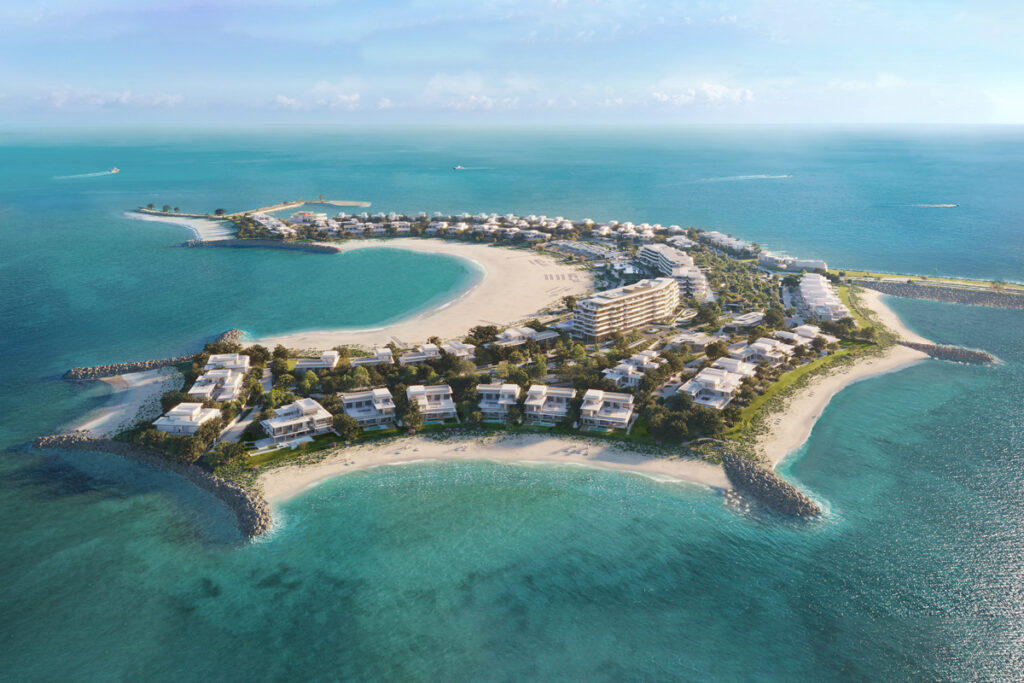
Luxury wellness takes lead
Sector experts said that besides the surge in the overall wellness industry, the region is also seeing a spike in the role of luxury and status in wellness choices.
In many parts of MENA, high-end wellness experiences, medical tourism, and premium health services are in high demand, reflecting a preference for exclusive, cutting-edge solutions, they said.
This is in contrast to the current situation in major markets such as the US and Europe, where wellness trends are often more diverse – ranging from mass-market health solutions to boutique personalised care.
“The next few years will be transformative for the wellness industry in the Middle East, with innovation and investment shaping the future of how people approach health and longevity,” Fedotov said.
Industry players said the most significant growth is happening in three key areas.
First, personalised health solutions are on the rise as consumers are moving away from generic healthcare approaches and seeking tailored supplementation and holistic well-being programmes.
Second, medical and wellness tourism is booming, with the Middle East emerging as a global leader in offering cutting-edge treatments and luxury wellness experiences.
Finally, preventive healthcare initiatives are gaining momentum, driven by government-led efforts to combat lifestyle diseases like obesity and diabetes.
Saudi and UAE bet on wellness
The Bioniq top executive said countries like Saudi Arabia and the UAE are investing heavily in public health and infrastructure projects designed to encourage active lifestyles.
“This shift is reinforcing long-term growth in the wellness industry and making preventive care a top priority for both individuals and policymakers,” he said.
The UAE has reportedly allocated $1.56 billion for healthcare and community prevention services as part of its 2022–2026 fiscal plan, while Saudi Arabia allocated $57 billion (SAR14 billion) for health and social development in 2024.
Large-scale projects like King Salman Park, Diriyah, and Qiddiya emphasise green spaces and outdoor activities to encourage an active lifestyle, while wellness is also central to luxury tourism projects such as AlUla, The Red Sea, and Amaala.
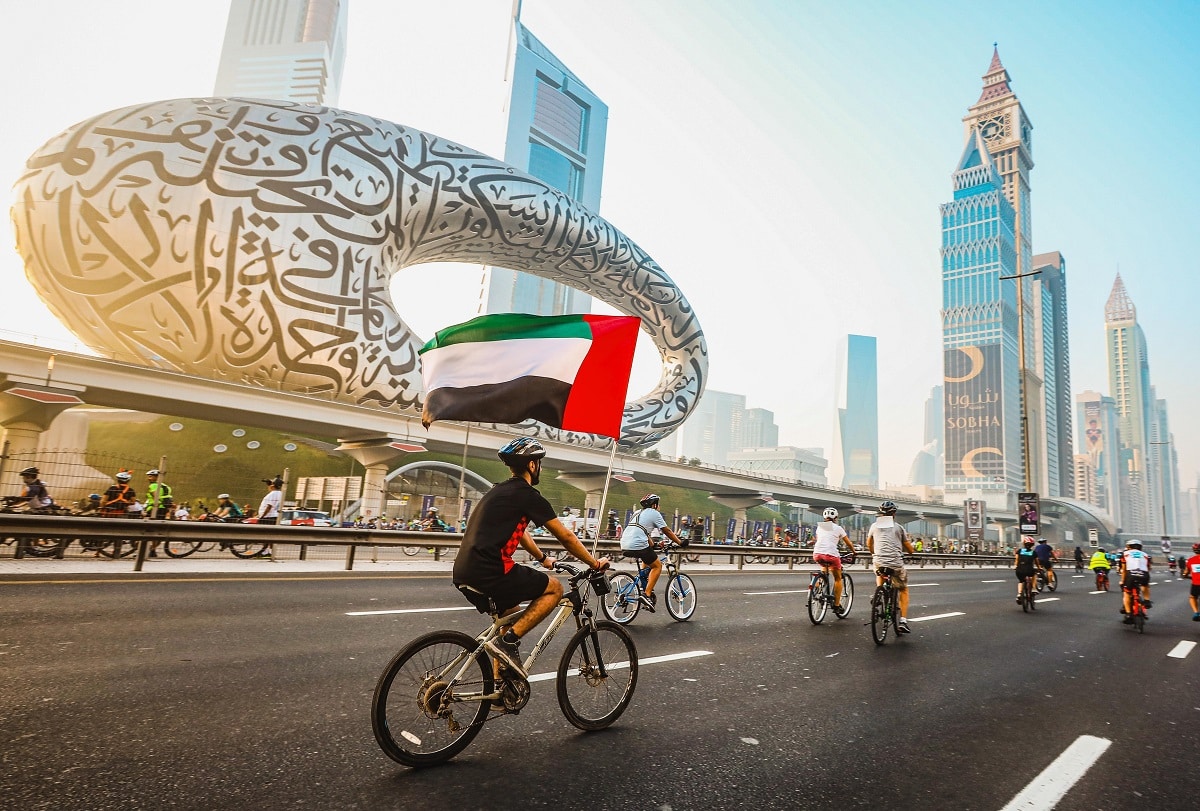
Younger, healthier, tech-savvy consumers
Fedotov said the region’s rapid adoption of precision medicine and AI-driven healthcare solutions, combined with high consumer spending and strong government support, places it ahead of many Western markets in embracing personalised wellbeing.
In the GCC, particularly in places like the UAE and Saudi Arabia, the wellness consumers are often younger, with many people in their 20s and 30s prioritising self-care and healthy lifestyles earlier in life, he said.
“We observe that the core audience for wellness products, particularly supplements, in the GCC is, on average, 10 years younger than in the US.
“This trend reflects an increasing focus on maintaining health at a younger age, which may help in preventing the onset of health issues later on,” the Bioniq top executive said.
He said another interesting insight from their study is that obesity rates among GCC core audiences are significantly lower compared to those in the US.
This reflects the region’s growing focus on preventive healthcare and wellness, as well as the success of government and community-driven initiatives that prioritise active lifestyles and healthier living.
“Overall, the wellness consumer in the region is becoming more educated, tech-savvy, and proactive about maintaining their wellbeing,” Fedotov said, adding that the trend is expected to trigger a new round of investment surge in the industry.

